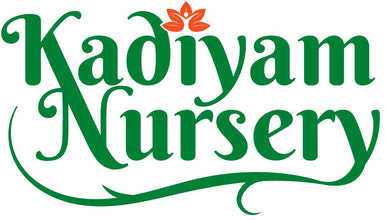- Common name:
- Pomegranate Ganesh
- Regional name:
- Marathi - Dalimba, Hindi - Anar, Dhalin, Dharimb, Gujarati - Daman, Assamese - Dalim, Bangali - Dalim, Kannada - Dalimba, Gida, Oriya - Dalim , Dalimba, Punjabi - Anar, Daan, Danu, Darjum,Daruni, Duran,Jaman,Sanskrit - Dadima, Sindi - Anar, Daru, Dhalim
- Category:
-
Fruit Plants, Shrubs, Medicinal Plants
- Family:
- Punicaceae
-
Info:
The 'Ganesh Variety' pomegranate is a unique cultivar known for its large, deep-red fruits with a sweet, mildly tangy flavor. This variety is native to India and is also known as 'Ganesh Bhagwa' or 'Ganesh Red.' It's a hardy plant that can adapt to various soil types and climates, making it suitable for home gardens and commercial cultivation.
Plantation:
-
Site Selection: Choose a well-draining, sunny location with at least 6 hours of direct sunlight per day.
-
Soil Preparation: Amend the soil with organic matter, such as compost or aged manure, to improve fertility and drainage.
-
Plant Spacing: Space the plants 12 to 15 feet apart to allow for proper air circulation and growth.
-
Planting Time: Plant pomegranate 'Ganesh Variety' trees in early spring after the last frost or in autumn in frost-free areas.
Growing:
-
Watering: Provide regular, deep watering, especially during the first two years of growth. Allow the soil to dry slightly between waterings to prevent root rot.
-
Fertilization: Apply a balanced, slow-release fertilizer in spring and again in late summer or early fall.
-
Pruning: Prune the trees annually in late winter or early spring to remove dead, diseased, or weak branches and maintain an open canopy.
Care:
-
Pest and Disease Control: Monitor for pests such as aphids, whiteflies, and scale insects, and treat as needed with insecticidal soap or neem oil. Watch for fungal diseases like anthracnose and treat with fungicides when necessary.
-
Mulching: Apply a 2-3 inch layer of organic mulch around the base of the tree to conserve moisture, regulate soil temperature, and suppress weeds.
-
Frost Protection: If you live in an area with occasional frosts, protect young trees by wrapping their trunks with insulating material and using frost cloth or blankets to cover the canopy.
Benefits:
-
Nutritional Value: Pomegranate 'Ganesh Variety' fruits are rich in antioxidants, vitamins C and K, potassium, and dietary fiber.
-
Culinary Uses: The sweet and tangy flavor of the 'Ganesh Variety' fruits makes them suitable for both fresh consumption and use in cooking, baking, and juicing.
-
Ornamental Value: The pomegranate tree adds visual interest to the garden with its attractive, glossy green foliage, vibrant flowers, and showy fruits.
-
Environmental Benefits: Pomegranate trees provide habitat and food for pollinators and other beneficial insects, contributing to a healthy ecosystem.




